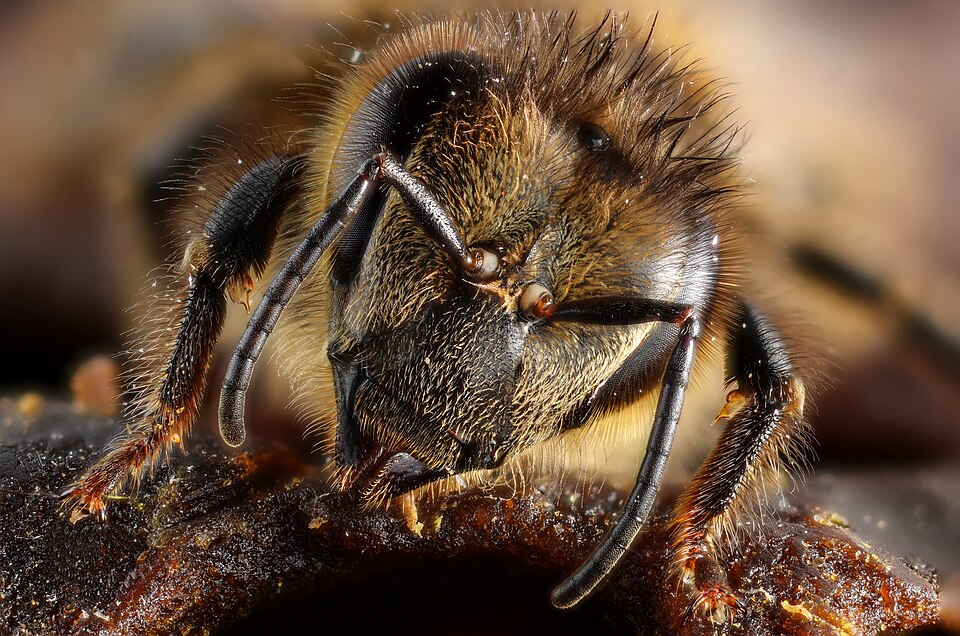Honey Bees as Models for Fetal Alcohol Spectrum Disorder Research

SASKATOON — In a groundbreaking study, Dr. Sarah Wood, an associate professor at the University of Saskatchewan's Western College of Veterinary Medicine, is utilizing honey bees to explore the impacts of fetal alcohol spectrum disorder (FASD). This innovative research, which commenced in July 2025, aims to leverage the biological and social similarities between honey bees and humans to better understand the complexities of FASD, a condition that arises from alcohol exposure during pregnancy.
FASD encompasses a range of physical, behavioral, and learning disabilities resulting from prenatal alcohol exposure, and its symptoms can often be challenging to diagnose accurately. Dr. Wood posits that the sophisticated social behaviors exhibited by honey bees make them an ideal model for studying the social deficits associated with FASD. “Honey bees have tremendously sophisticated social behavior that is in some ways similar to our behavior as humans,” said Dr. Wood, who has received funding from the Saskatchewan Health Research Foundation (SHRF) for this project.
The research involves introducing ethanol into the diets of bee larvae and observing the resulting adult bees in a controlled hive environment. Through this framework, researchers will assess both behavioral changes and genetic expressions in alcohol-exposed bees, drawing parallels to human responses to FASD. Dr. Wood emphasizes the potential of honey bees to act as a model for behavioral assays that can shed light on the social effects of FASD in humans. “There’s a lot of comparable behaviors that we can study in both bees and humans,” she stated.
Dr. Wood’s approach is informed by previous studies that have employed honey bees to investigate autism, highlighting their eusocial characteristics—complex social structures characterized by cooperative brood care, overlapping generations, and division of labor. Such traits render honey bees a promising avenue for examining the social impacts of neurodevelopmental disorders.
In conjunction with her graduate student, Maria Janser, Dr. Wood's team will also delve into the genetic pathways affected by ethanol exposure in bees. This genetic analysis aims to identify distinct expressions in the brains of alcohol-exposed bees compared to control groups, potentially offering insights into the genetic mechanisms underlying FASD in humans.
The stigma surrounding FASD presents a significant barrier to research and treatment discussions. Dr. Wood hopes that by associating this serious condition with honey bees—an engaging and relatable species—her research may promote more constructive dialogues about supporting families affected by FASD. “If we can connect a stigmatized condition with an animal model that is positive and engaging, maybe we can open up more constructive conversations about supporting families affected by FASD in our communities,” she noted.
The SHRF Establishment Grant program, which is designed to support early-career researchers, has been instrumental in advancing this innovative study. Dr. Wood's research is one of several projects funded by the program, which also includes initiatives focused on infectious diseases, cognitive restoration in multiple sclerosis, and public health improvements in Saskatchewan.
In a broader context, utilizing animal models like honey bees in medical research is gaining traction, as they provide insights that are often difficult to obtain from human studies alone. This research not only highlights the potential of bees in understanding human health issues but also underscores the need for continued investment in interdisciplinary approaches to address complex health challenges. As the study progresses, the implications for FASD research could extend beyond the laboratory, potentially influencing public policy and healthcare practices related to prenatal care and substance use prevention.
Advertisement
Tags
Advertisement





